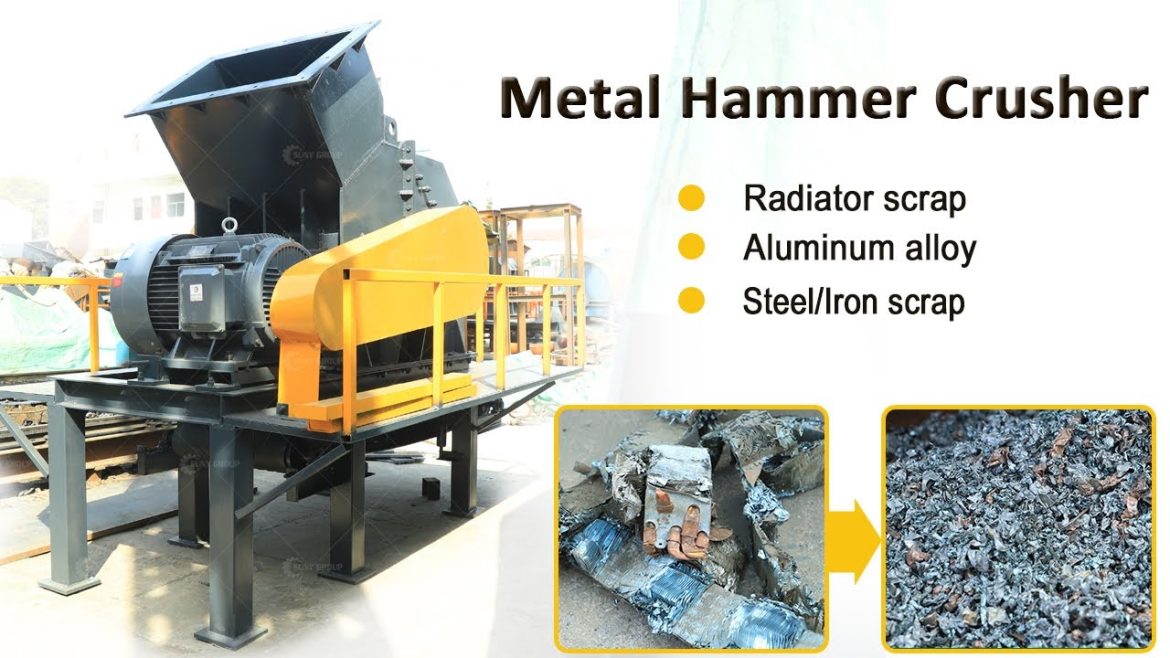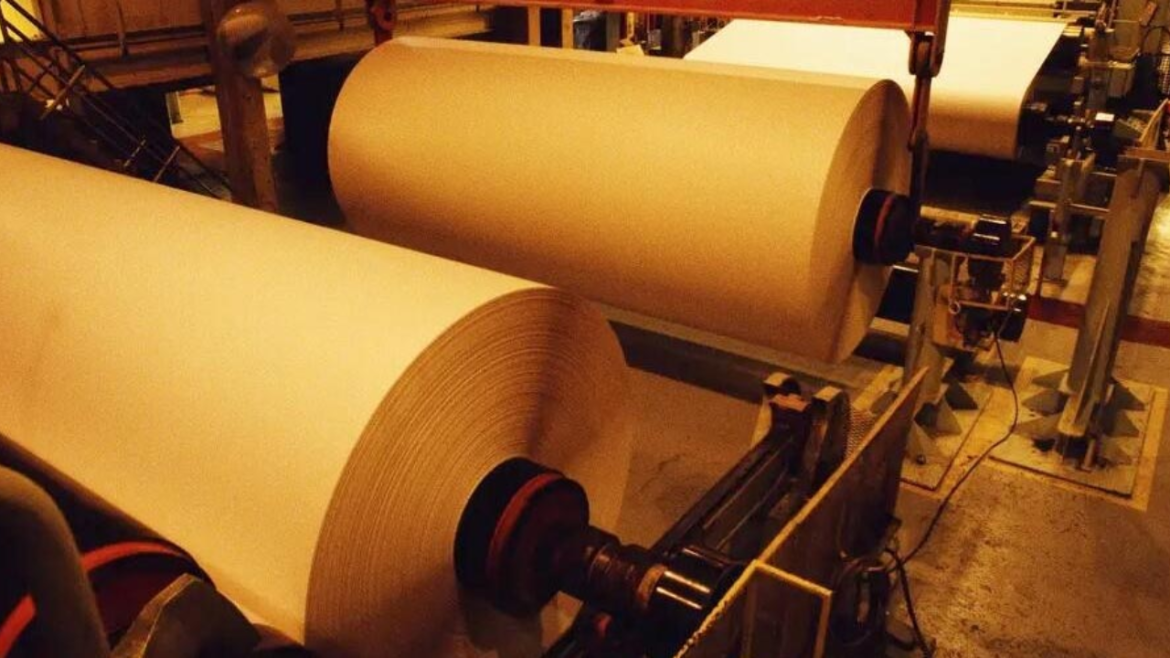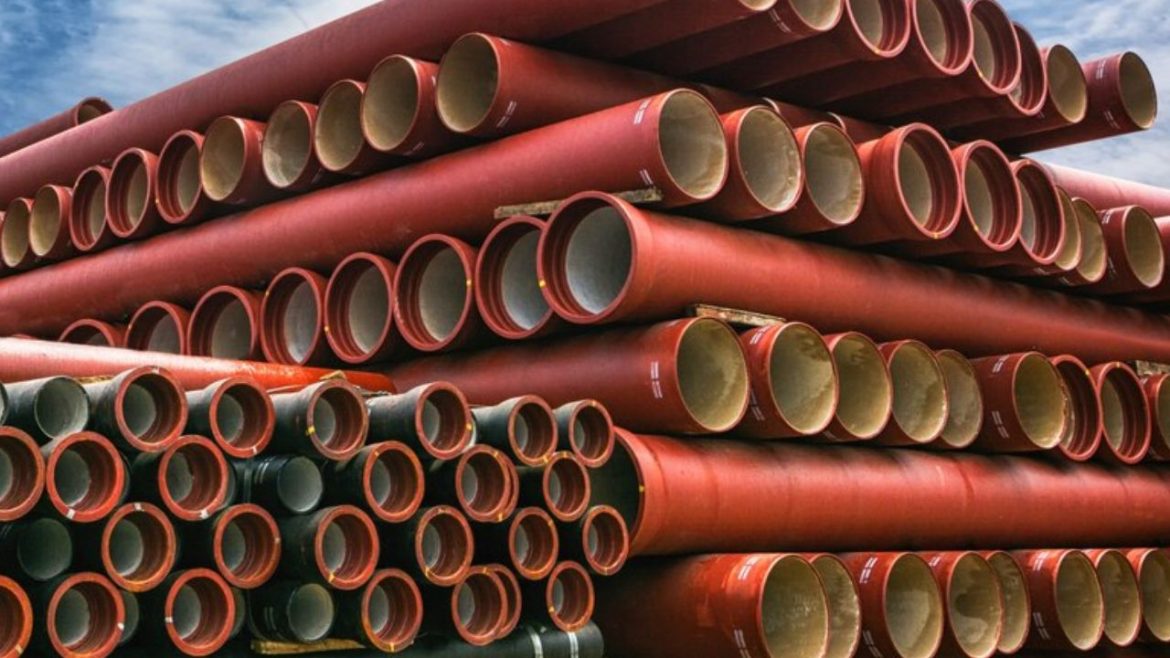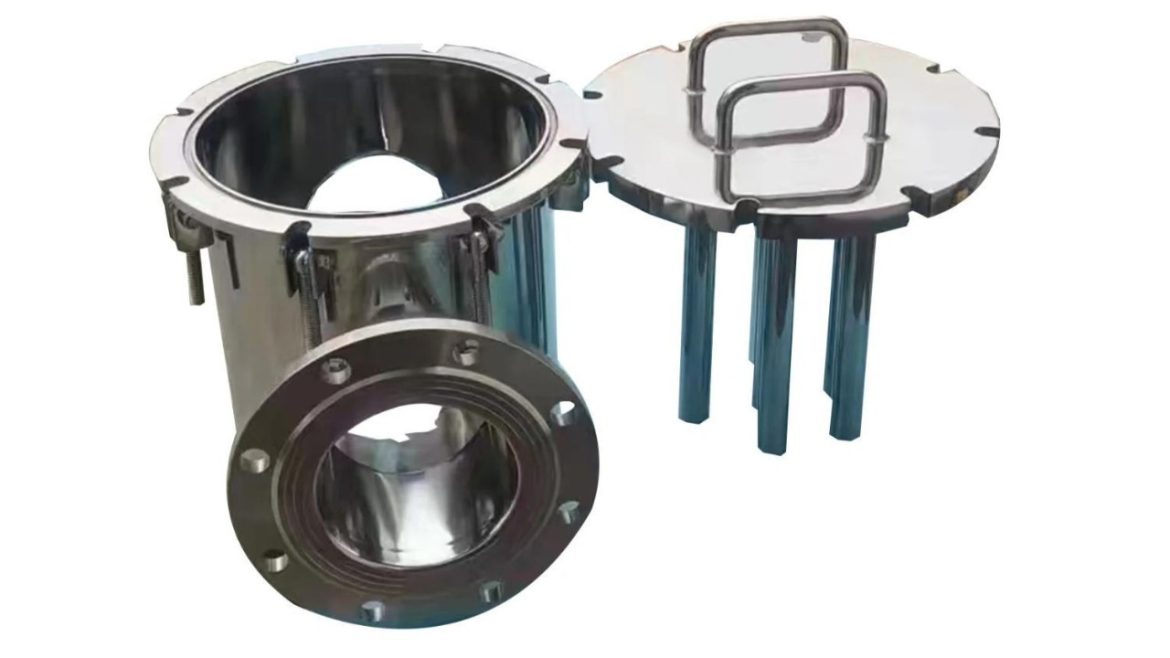Pharmaceutical
Hammer crushers are those machines that are used to cut big rocks, stones, and other materials into smaller pieces. They are usually applied in mining, construction, and agricultural industries. The hammer crusher has powerful metal hammers that crush materials in the hammer inside the crusher to flatten them. These hammers become worn out with time as a result of impact and friction. When this occurs, the machine performs poorly, and the replacement of parts has to be increased. Carbide mulcher teeth can be used as another option to increase the life of the hammer crushers. These teeth are designed using powerful materials that can withstand harsh working conditions. They contribute to the wear reduction, time savings during repair, and maintenance of an uninterrupted work of the crusher.
What Are Carbide Mulcher Teeth?
Mulcher teeth are special teeth consisting of two principal materials, which are: a steel body and a carbide tip. The steel body gives it strength, and the carbide tip is hard and also resistant to wear. One of the hardest materials of heavy machinery is carbide, which is typically produced out of tungsten. It is capable of working under very high pressure and temperatures without changing shape. These teeth are not only found in the mulchers, but also in crushers, grinders, and other machines that handle hard materials. They are used as an alternative to regular steel hammers or tips in hammer crushers, that is stronger and more durable.
Why Hammer Crushers Wear Out Quickly?
Hammer crushers operate under adverse conditions. Hammers strike stones, rocks, and other hard materials thousands of times in the process. Every strike produces minute amounts of damage. These little damages will accumulate over time, and the hammer becomes dull or breaks down. Daily steel hammers are easily eliminated because they cannot sustain repeated hitches and heat. The crusher should be stopped when the hammer is chipped or worn out and repaired. The time cost of replacement takes on a recurring effect in the downtime, derailment of productivity, and increases the expense of running it.
Assistance of Carbide Mulcher Teeth
Carbide mulcher teeth are designed to cope with the same circumstances that lead to the failure of the regular hammers. The carbide tip is far harder than ordinary steel, and this implies that it is more resistant to impact and friction. These teeth are used in hammer crushers to diffuse the blows and distribute the force of each hit. This will eliminate cracks and slow down wear. The carbide mulcher teeth retain their sharp edges longer due to their hardness. This enables the hammer crusher to reduce the amount of materials crushed without compromising the performance. Replacement is required less often, and the duration the crusher takes between maintenance checks is increased.
Durable and Strong
Every carbide mulcher tooth is made of hard steel, like 42CrMo or 40Cr. These are shock-resistant and tough steels. The tips of the carbide are welded to the steel body through exquisite brazing. This provides a good connection between the two materials in a way that the tip remains fixed even during heavy usage. The teeth also undergo heat treatment during production to get the perfect mixture of hardness and elasticity. This is done to make the teeth resist the continuous impact of teeth without breaking. Carbide mulcher teeth have been found in practice to live far longer than plain steel components.
Increased Performance and Stable Production
The hammers are used, but when they wear out unevenly, the performance of the crusher reduces. It can begin to give material of dissimilar dimensions, or require additional force to squash the same quantity of material. Carbide mulcher teeth do not lose shape as easily, and this guarantees the same crushing outcome. This stability also contributes to the minimization of waste of energy waste. The teeth are also sharp, meaning that the crusher will not have to work so hard to cut material. The outcome is a smoother operation, increased fuel efficiency, and less strain on the motor of the machine.
Reduced Maintenance and Downtime
Changing the worn-out components in a hammer crusher is time-consuming and laborious. Any minute the machine is not running is a lost productivity. Carbide mulcher teeth ensure this issue is minimized since they are more durable, which means they do not require frequent replacement. Maintenance is done at a fixed schedule as opposed to responding to sudden breakdowns. It is easy to manage costs and keep the projects on schedule due to this predictability. The long-term benefit of having durable teeth is that it may save a lot of labor, spare parts, and lost time.
Conclusion
Hammer crushers are important in the process of crushing hard materials, yet their hammers constantly wear out. Carbide mulcher teeth are much superior to the steel teeth in durability, as they offer superior and more wear-resistant components. These teeth were made using the heavy impact material of durable steel and tungsten carbide; they resist heating, and their sharp edges last longer. Carbide mulcher teeth would be a good solution for any person who requires consistent performance and wants to reduce the frequency of repairs, as they maintain the efficiency of the hammer crushers and minimize the cost of maintenance. They are constructed to perform hard tasks and assist crushers in going on with the work over a long period.







